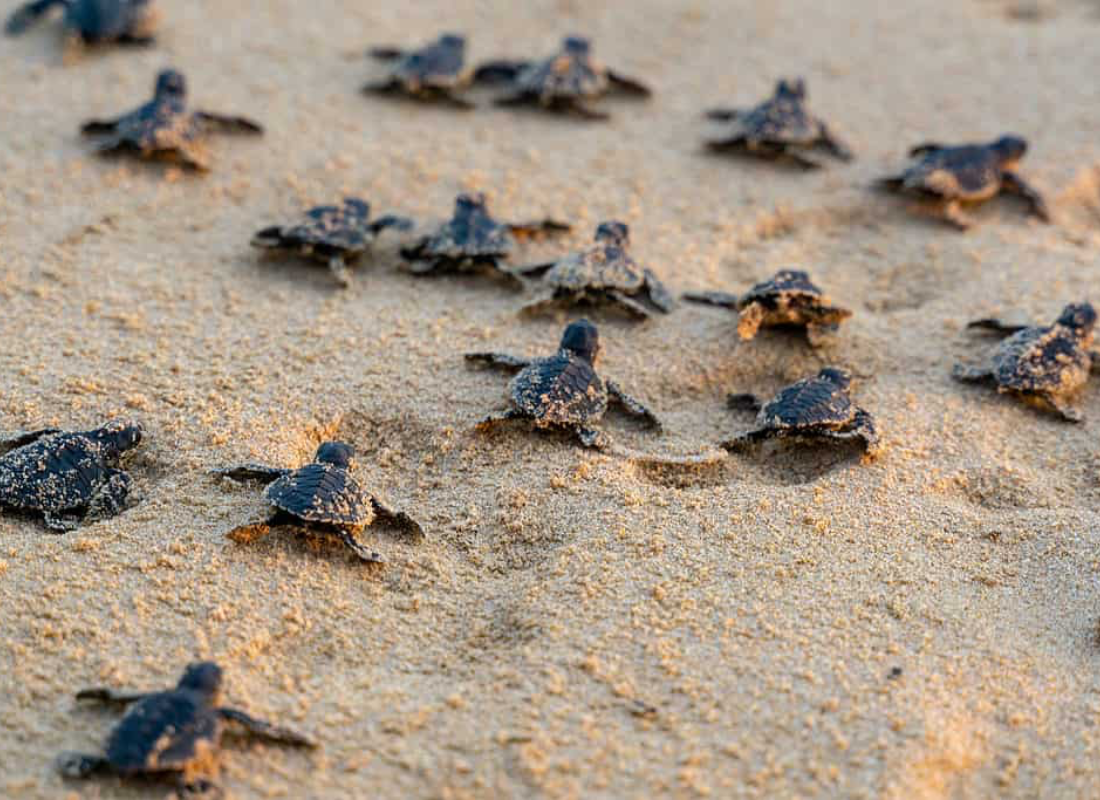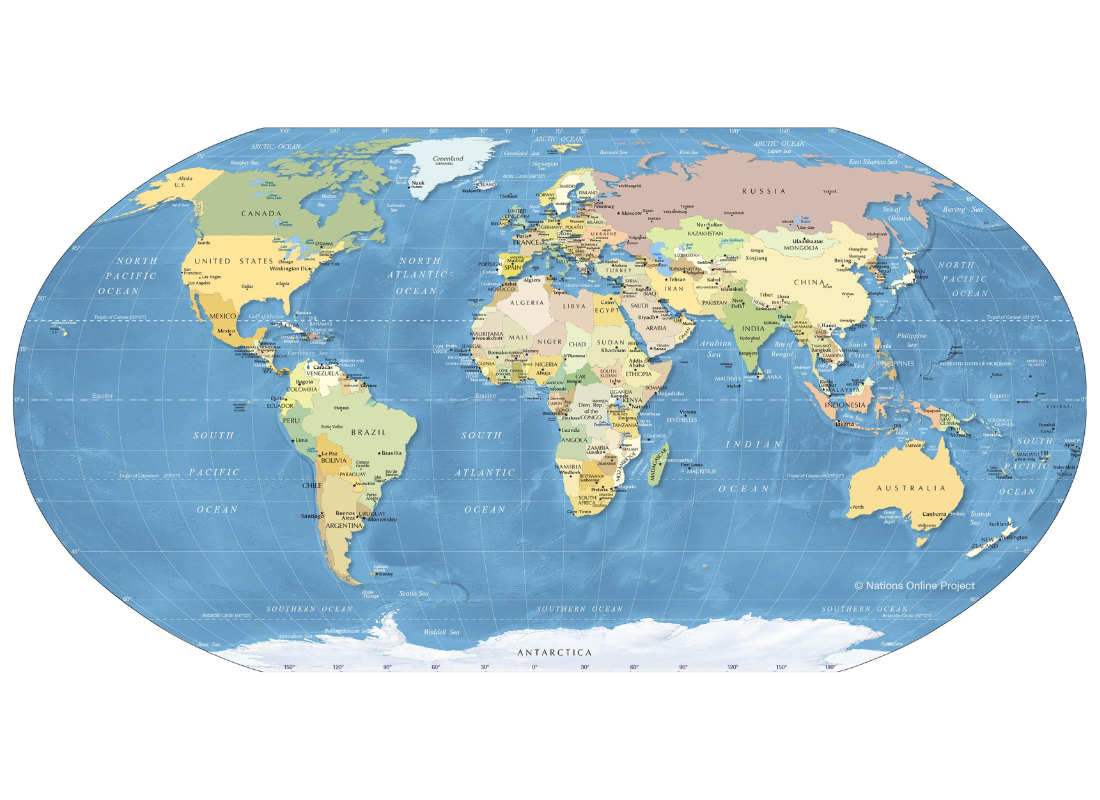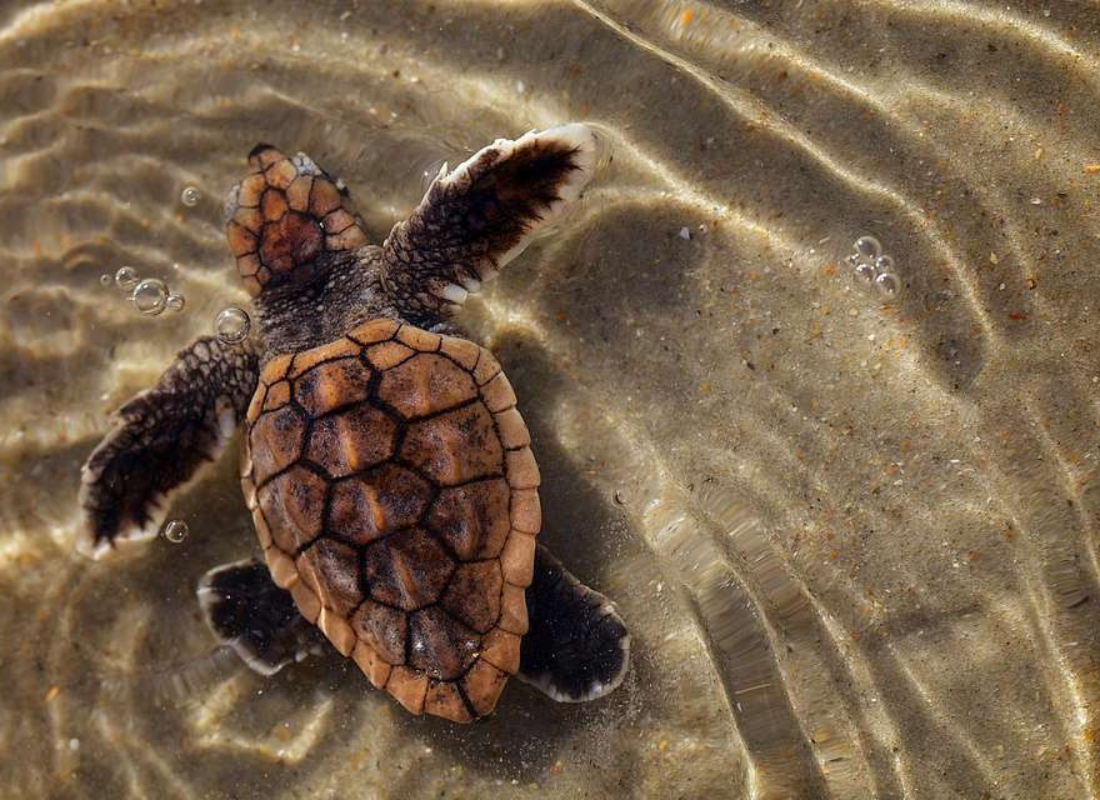
Sea turtles are renowned for their remarkable migratory behavior, traversing vast distances across oceans to fulfill their life cycles. This article explores the migration patterns of sea turtles, the reasons behind these journeys, and the methods scientists use to study them.
Types of Sea Turtles and Their Migration Patterns
 Loggerhead Sea Turtles (Caretta caretta)
Loggerhead Sea Turtles (Caretta caretta)

- Migration Distance: Loggerheads can migrate thousands of kilometers between their feeding grounds and nesting sites. For example, loggerheads in the North Atlantic often travel from feeding areas off the eastern coast of the United States to nesting beaches in the southeastern U.S. and the Caribbean.
- Navigation: These turtles use a combination of the Earth’s magnetic field, water currents, and possibly even visual cues to navigate their long journeys.
Green Sea Turtles (Chelonia mydas)

- Migration Distance: Green turtles also undertake extensive migrations, often traveling between coastal feeding areas and isolated nesting beaches. For instance, green turtles in the Pacific Ocean migrate between the coasts of Central and South America and the Galápagos Islands.
- Navigation: They are known to rely heavily on the geomagnetic field to find their way across the ocean.
Leatherback Sea Turtles (Dermochelys coriacea)

- Migration Distance: Leatherbacks are the most migratory of all sea turtle species, with some individuals traveling more than 10,000 kilometers from their tropical nesting sites to feeding grounds in the cold waters of the North Atlantic and Pacific Oceans.
- Navigation: Leatherbacks use a combination of environmental cues, such as water temperature, and the Earth’s magnetic field to navigate their long-distance migrations.
Reasons for Migration

- Reproductive Needs: Sea turtles return to their natal beaches (the beaches where they were born) to lay eggs. This behavior ensures that their offspring hatch in an environment similar to where they thrived.
- Feeding: Different life stages of sea turtles require different feeding grounds. Juvenile turtles often inhabit areas rich in food sources that differ from the feeding grounds of adult turtles.
- Seasonal Changes: Migration allows sea turtles to exploit seasonal abundance of food and optimal nesting conditions. For instance, some sea turtles migrate to warmer waters during the winter months to maintain their body temperature and energy levels .
Studying Sea Turtle Migration

- Satellite Tracking: Scientists attach satellite transmitters to the shells of sea turtles to monitor their movements. This technology provides detailed data on their migratory routes, travel speeds, and behavior in different parts of the ocean.
- Tagging and Recapture: Turtles are tagged with unique identifiers, allowing researchers to track their movements when they are recaptured or observed again.
- Genetic Studies: By analyzing the genetic material of turtles from different populations, scientists can infer migratory patterns and connections between distant feeding and nesting sites.
Challenges and Conservation

- Threats: Sea turtle migration exposes them to numerous threats, including bycatch in fisheries, habitat destruction, marine pollution, and climate change.
- Conservation Efforts: Protecting migratory routes is crucial for the survival of sea turtle populations. This involves international cooperation to establish marine protected areas, enforce regulations on fishing practices, and reduce plastic pollution.
Conclusion

The migration patterns of sea turtles are a testament to their incredible navigation abilities and resilience. Understanding these patterns is vital for their conservation and the protection of marine biodiversity. Continued research and conservation efforts are essential to ensure that these ancient mariners can safely traverse the oceans for generations to come.
Sources
https://ocean.si.edu/ocean-life/reptiles/sea-turtles
https://www.seaturtlestatus.org/articles/2021/6/16/how-do-sea-turtles-navigate-in-the-ocean
https://new.nsf.gov/news/geomagnetic-landmarks-give-turtles-sense-where




